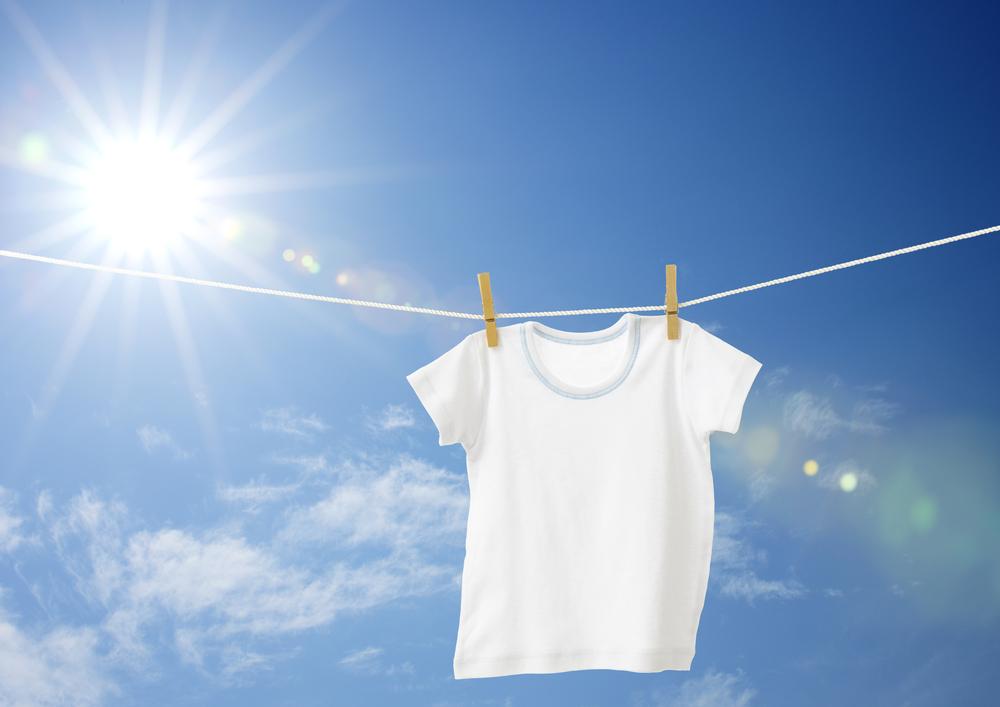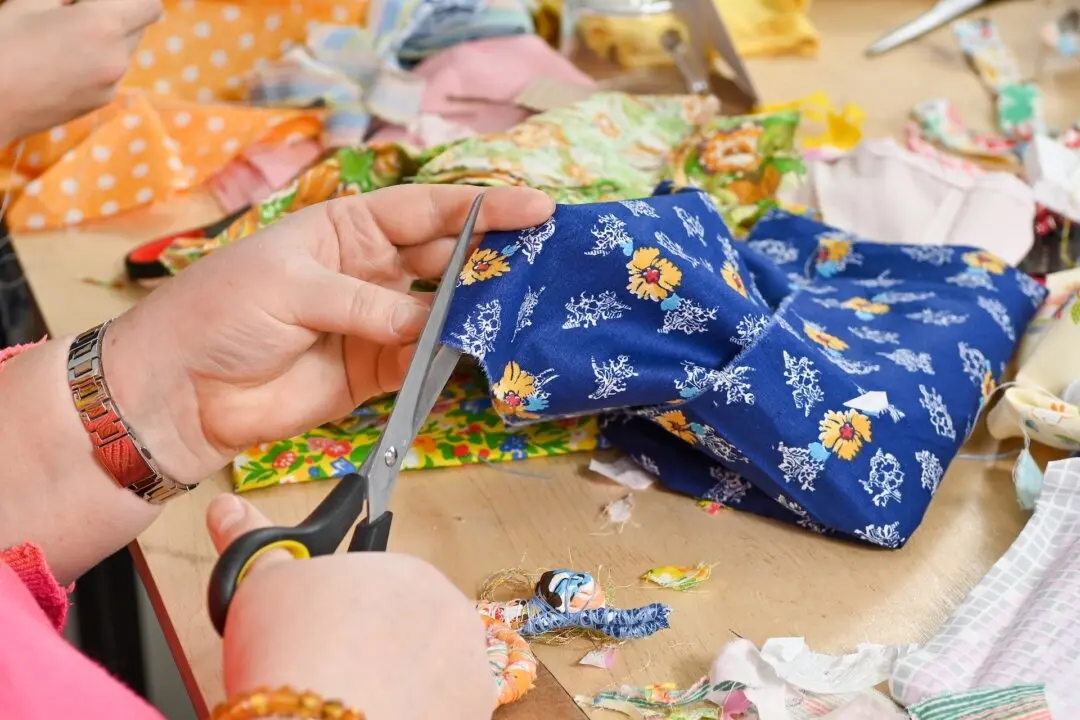From time to time, I reach into the proverbial “Everyday Cheapskate” mailbag and pull out a few of your questions to answer here. My goal is to select questions that will have wide appeal. But when the question arrives with a photo showing me the problem, that gets my attention in spades.
Dear Mary: My husband wears white undershirts, and no matter what brand or fabric content, they get gray blotches in the wash.





